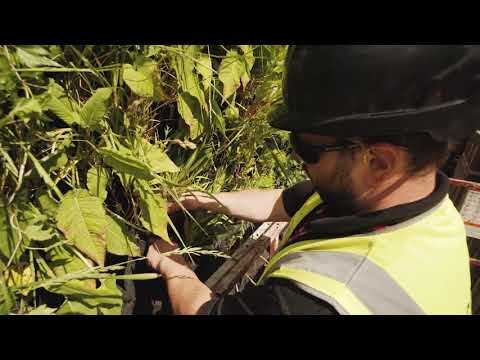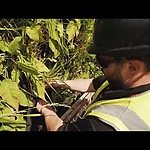The Living Wall Planting Strategy
The living wall has been designed to enhance biodiversity and improve air quality.
Over seventy three species are included in the living wall of which 30 are RHS approved and 18 are RHS approved for supporting pollinators. The wall has been carefully curated to provide year round coverage for pollinating insects birds and butterflies.
To improve air quality the heterogeneous plant topography (high/low planting) allows for higher rates of particulate matter (PM) impaction through the living wall, increasing deposition rates and filtering the air more effectively of damaging PM10, PM5, PM2.5 and PM1. Plants included in the design such as stachys, pinus mugo and convolvulus are particularly effective at trapping particulate matter.
The topography of the wall has been facilitated by bespoke panels of the Scotscape Fytotextile system which have larger planting pockets, allowing bigger species and even trees to grow on the vertical surface. The design compostion uses irregular organic patterns to emulate nature.
Read the whole article here.
Source: Scotscape - Living Wall

